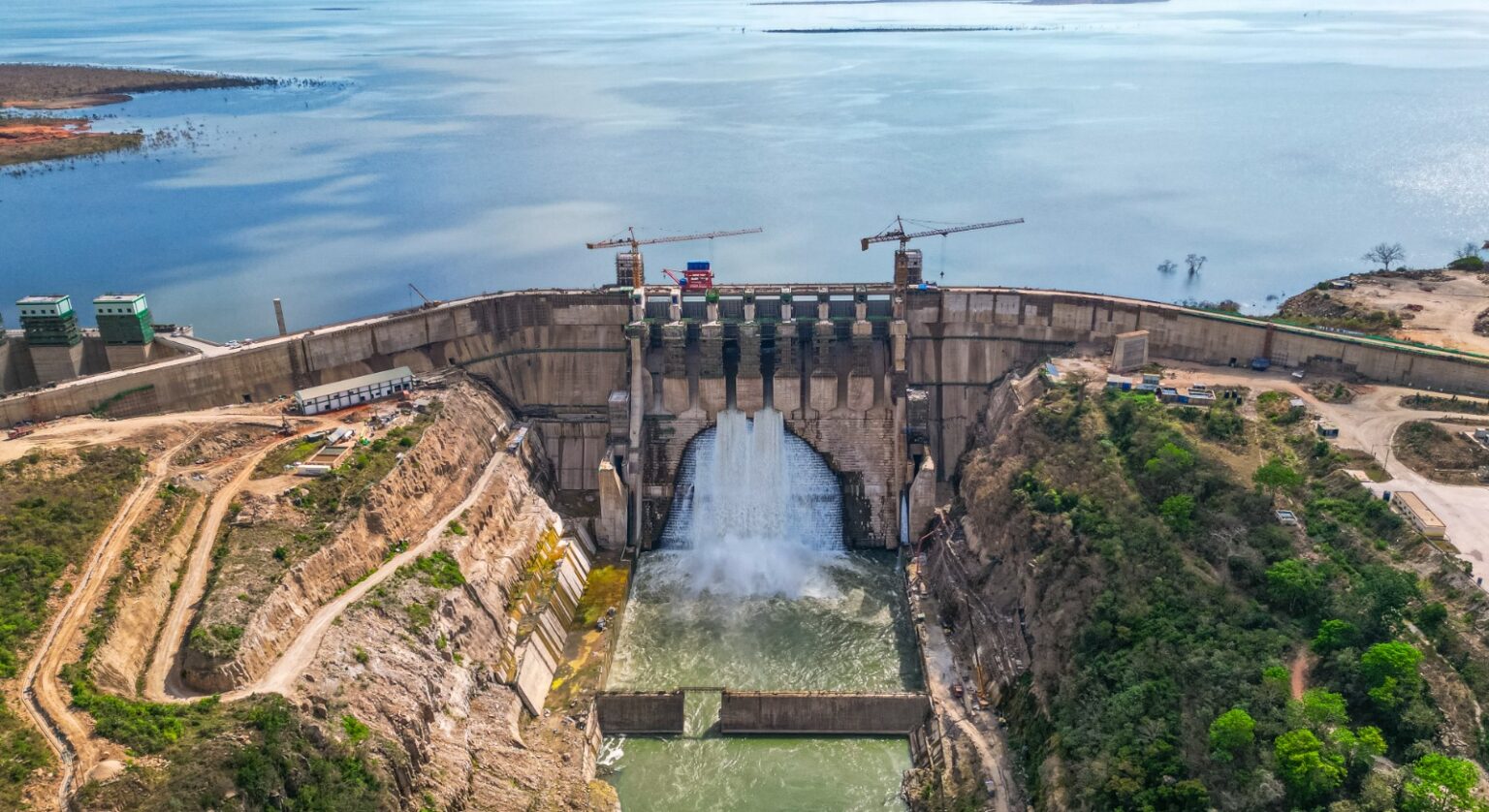- Activation of Julius Nyerere Hydropower Plant (JNHPP) turbines increase output.
- Authorities say a national renovation of power infrastructure is underway.
- Minor outages persist in several regions due to ongoing maintenance.
Tanzania electricity supply has seen a significant increase, with the country now enjoying surplus power output as the current generation capacity reaches 2,152 megawatts (MW), well above the total demand of 1,683MW. This increase in capacity is attributed to the activation of three turbines at the Julius Nyerere Hydropower Plant (JNHPP). That plant alone is projected to produce some 2,115 MW when fully operational.
This remarkable turnaround comes less than a year after Tanzania’s President Samia Suluhu dissolved the entire Tanesco board following persistent blackouts caused by low water levels in dams due to drought and delays in power plant maintenance.
Speaking to the press in the commercial capital of Dar es Salaam, Tanzania’s Deputy Prime Minister Dr. Doto Biteko said the increased power output now requires the country to renovate its electricity infrastructure. Dr. Biteko, who also serves as the country’s Minister for Energy, made the announcements during a routine inspection of the country’s largest power production plant, the Ubungo Power Plants.
This plant also serves as the National Grid Control Centre and it is here that the top ranking government official explained that “…the increased electricity production allows for some machinery to be temporarily switched off without causing power outages for industries and household consumers.”
However, even though the Energy Minister suggested that the increased power output allows the needed renovations to be conducted without supply interruptions, he warned of power cuts associated with the renovations.
Dr. Biteko admitted that the Tanzania Electric Supply Company (TANESCO) has in fact notified the northern regions of Tanga, Arusha and Kilimanjaro, that they would experience intermittent power cuts after all. “They will have power cuts due to repairs and the installation of new electricity lines,” he reiterated TANESCO’s caution.
Moving forward, the government executive said similar renovations that were conducted in the southern regions of the country went smoothly and “I can assure the residence that power distribution in these areas will soon return to normal.”
After the renovations are completed, the Deputy Prime Minister said, Tanzania will start construction of Zonal National Grid Control Centres. These centers are meant to ease repairs in case of emergencies and to reduce reliance on a single control centre.
“A new National Grid Control Centre will be built in Dodoma to replace the current facility in Ubungo, Dar es Salaam and the latter will then serve as a backup center,” he explained.
Also Read: Tanzania’s SGR launch a new milestone in East Africa’s transport overhaul
Tanzania electricity: Top five hydropower generators
Tanzania has huge hydropower capacity due to its water body prominence. Three of Africa’s Great Lakes are within or border Tanzania in part, these are Lake Victoria, Africa’s largest lake, Lake Tanganyika, Africa’s deepest lake, and Lake Nyasa.
Notably, even the second highest uninterrupted falls in Africa, the Kalambo waterfalls are also to be found in the country. With this large inland water resource base Tanzania commands high potential of generating hydropower. According to GlobalData’s power plants database, the following are the top five hydropower generators in Tanzania.
- Kidatu
The Kidatu is a 204MW hydro power project located in Morogoro, Tanzania. Post completion of construction, the project was commissioned in 1975. Tanzania Electric Supply own the project.
- Lower Kihansi
The 180MW Lower Kihansi hydro power project is located in Dar es Salaam, Tanzania. Webuild has developed the project. It was commissioned in 1999. The project is owned by Tanzania Electric Supply.
- Mtera
The Mtera is a 80MW hydro project. Tanzania Electric Supply owns the project. It was commissioned in 1988. The project was developed by Tanzania Electric Supply. It is located in Dodoma, Tanzania.
- New Pangani Falls
The New Pangani Falls hydro project with a capacity of 68MW came online in 1994. Tanzania Electric Supply have the equity stakes in the project. It is located in Tanga, Tanzania.
- Hale
The movers and shakers of Tanzania’s hydropower is the company Andritz which has installed almost half of the total hydro capacity in Tanzania dating as far back as 1930, the company reports.
The company was involved in some of the major projects in the country, such as HPP Kishani (180 MW), HPP Mtera (80 MW), and HPP Pangani Falls (68 MW).
The company continues to work with the government of Tanzania which has recently announced an Electricity Sector Reform Strategy and Roadmap. This strategic roadmap is meant to “…introduce a legal and regulatory framework for the development of power generating projects,” the government announced.
The goal, among other things, was to address a shortfall in generating capacity, which the country has now surpassed.
Increased power generation means the country can stimulate its economic growth. Development experts point out that economic growth in Tanzania requires sufficient and uninterrupted power supply especially in the mining sector, and agriculture mechanization and commercialization.
